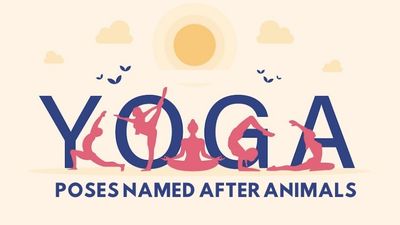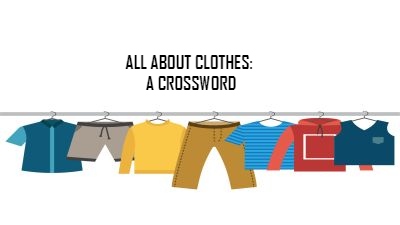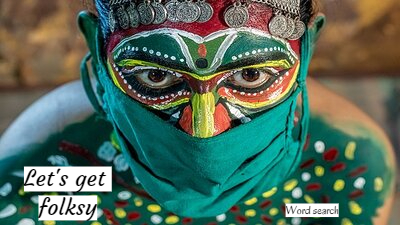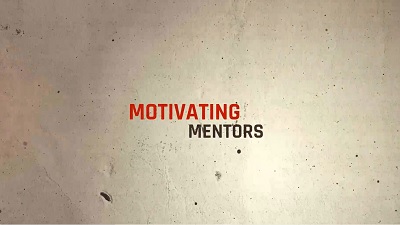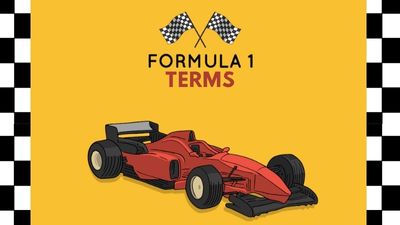Part #26: Nala and Hanuman learn about the centre of gravity from Nila
Hanuman has still not recovered from the “magic” of the floating stone when he sees Nala’s brother, Nila. His jaw drops! Nila is standing atop a flag pole using the tip of his big toe.
Hanuman: How is this even possible?
Nila jumps from the flag pole and lands stylishly like a ninja warrior.
Nila (grinning): Hello, Hanuman, the boy who stunned the Solar System.
Hanuman: I am, in turn, stunned by your stunt. How did you do it?
Nila: Using Science.
Hanuman: Really? I thought you would say it required some monk-like practice!
Nila: Of course, it needs practice but only after you understand the physics behind it. It’s all about how the centre of gravity works.
Hanuman: I know that gravity is the invisible force that pulls objects toward each other. But what is a centre of gravity?
Nila: Let me show you…
Nila jumps on top of a stretched rope and tries to walk along it by balancing himself with his hands and torso.
Nila: To make my body stable, I need to balance my body’s centre of gravity so that it is close to my body’s geometric centre.
Hanuman: What is that?
Nila: Centre of gravity is an imaginary point in an object where its weight is evenly dispersed and all sides are balanced. It’s a point where gravity acts on the object. In a ball, the centre of gravity is obviously at the centre. In the human body, it is slightly higher than the waist, as the top half of the body has more weight than the bottom.
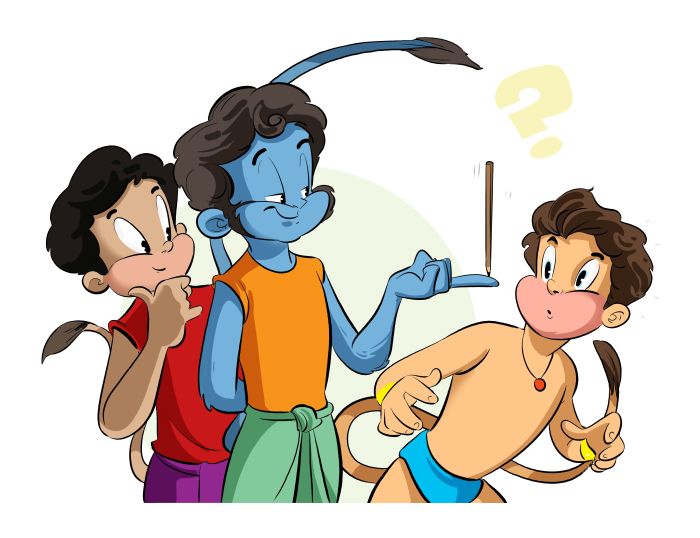
Illustration: Sahil Upalekar
Hanuman: What is a geometric centre?
Nila: That is the average position of all the points included in the figure; sort of like a visible centre. It has nothing to do with the object’s mass.
Nila takes various things with different shapes and tries to balance each one with his fingers.
Nila: This point at which I am able to balance an object on my fingertip is its centre of gravity.
Hanuman looks puzzled.
Nala: Hanuman, you will understand the concept better when we do an experiment.
Nila: You’re right. Let us build a Centre of Gravity toy (see activity below).
Once they are done, Hanuman plays with the toy and ponders how this concept could be used when he is flying.
The writer is the founder and CEO of Vaayusastra Aerospace, an IIT-Madras incubated ed-tech startup that offers Air Science workshops for children between five and 14 years.
Centre of Gravity Toy
